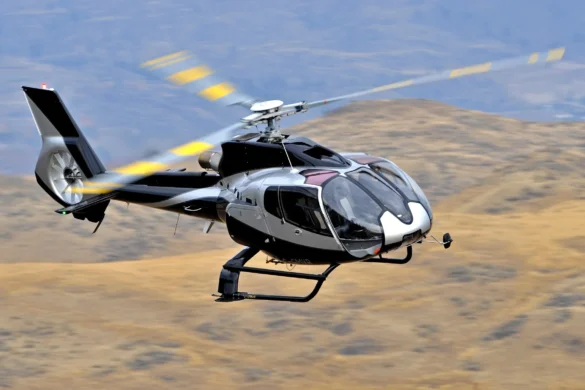In a notable development in the ongoing conflict between Russia and Ukraine, the Russian military has seized a highly advanced Ukrainian drone engine, a move that could have significant implications for both sides. This engine, powered by a cutting-edge jet propulsion system, marks a substantial leap forward from the more conventional technologies typically found in unmanned aerial vehicles (UAVs). The acquisition of this advanced technology represents a potential game-changer in the realm of drone warfare.
The engine was reportedly captured during a recent engagement in the Donbas region, where Ukrainian forces have been deploying sophisticated drones for reconnaissance and targeted strikes. This high-tech engine, part of an effort to enhance the effectiveness and range of Ukrainian drones, provides an opportunity for the Russian military to study and potentially reverse-engineer an advanced component that was previously beyond their reach. The captured engine is expected to be subjected to a thorough examination by Russian defense experts, who aim to unravel its technological intricacies and performance attributes.
The implications of this development are far-reaching. For the Russian military, analyzing the engine could yield valuable insights into the advanced technology used by their adversaries. Understanding the design, functionality, and performance characteristics of this engine could lead to advancements in Russia’s own drone technology. This might involve improving their existing UAV systems or developing new technologies that could counter similar advancements made by Ukrainian forces.
Moreover, this acquisition could influence strategic decisions and technological development on both sides of the conflict. For the Ukrainian military, the knowledge that their technology has been captured and is under scrutiny could lead to a reassessment of their drone strategies and technologies. They might seek to innovate further or adjust their tactics to stay ahead in the technological race.
The capture of this advanced engine also highlights the broader dynamics of technological competition in modern warfare. The ongoing conflict has underscored the importance of technological superiority and innovation. As both sides strive to gain an edge, advancements in drone technology and other high-tech systems become critical components of their military strategies.
In conclusion, the seizure and examination of the advanced Ukrainian drone engine by the Russian military represent a significant development in the conflict. The potential for technological gains and strategic shifts underscores the evolving nature of warfare and the continuous race for technological superiority. As both nations adapt to new information and technological capabilities, the impact of this development will likely resonate throughout the conflict and beyond.



